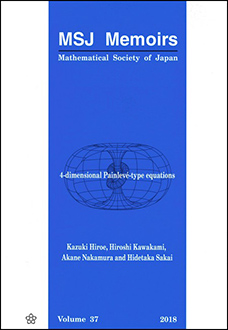Abstract
At a double characteristic point of a differential operator with real characteristics, the linearization of the Hamilton vector field of the principal symbol is called the Hamilton map and according to either the Hamilton map has non-zero real eigenvalues or not, the operator is said to be effectively hyperbolic or noneffectively hyperbolic.
For noneffectively hyperbolic operators, it was proved in the late of 1970s that for the Cauchy problem to be $C^{\infty}$ well posed the subprincipal symbol has to be real and bounded, in modulus, by the sum of modulus of pure imaginary eigenvalues of the Hamilton map.
It has been recognized that what is crucial to the $C^{\infty}$ well-posedness is not only the Hamilton map but also the behavior of orbits of the Hamilton flow near the double characteristic manifold and the Hamilton map itself is not enough to determine completely the behavior of orbits of the flow. Strikingly enough, if there is an orbit of the Hamilton flow which lands tangentially on the double characteristic manifold then the Cauchy problem is not $C^{\infty}$ well posed even though the Levi condition is satisfied, only well posed in much smaller function spaces, the Gevrey class of order $1 \leq s \lt 5$ and not well posed in the Gevrey class of order $s \gt 5$.
In this lecture, we provide a general picture of the Cauchy problem for noneffectively hyperbolic operators, from the view point that the Hamilton map and the geometry of orbits of the Hamilton flow completely characterizes the well/not well-posedness of the Cauchy problem, exposing well/not well-posed results of the Cauchy problem with detailed proofs.


